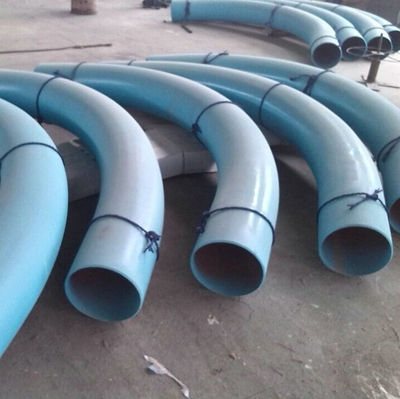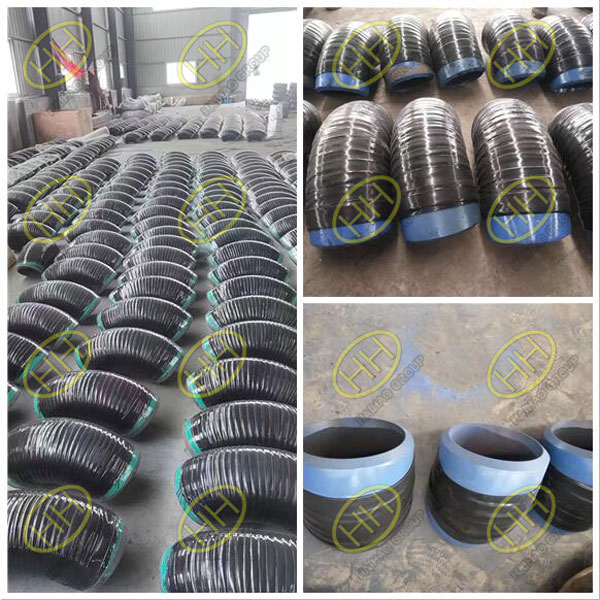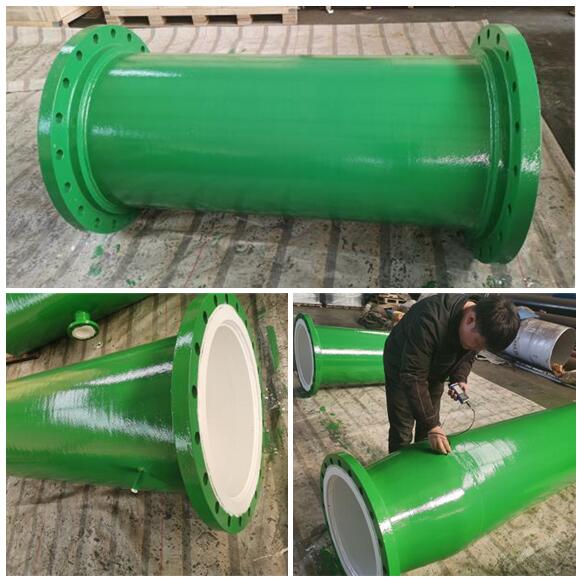Advantages and disadvantages of different pipe coatings
Pipe coatings are essential to protect pipes from corrosion, erosion, and damage caused by harsh environmental conditions. There are several types of pipe coatings available, each with its own advantages and disadvantages. In this article, we will explain the pros and cons of different pipe coatings.

FBE COATED PIPE BEND
Fusion-Bonded Epoxy (FBE) Coating: FBE coating is a thermosetting polymer that is applied to pipes using a process of electrostatic spray deposition. The coating is melted and bonded to the pipe surface using heat. FBE coating provides excellent corrosion protection, good abrasion resistance, and high impact strength. It is also resistant to high temperatures and can be used for both above-ground and buried pipelines. However, FBE coating is vulnerable to UV radiation and requires a topcoat to provide UV protection.

3LPE Coated 90 Degree Elbows and 45 Degree Elbows
Polyethylene (PE) Coating: PE coating is a thermoplastic polymer that is applied to pipes using a process of extrusion. The coating is melted and applied to the pipe surface using a heated die. PE coating provides excellent resistance to abrasion, impact, and chemical attack. It is also resistant to high temperatures and can be used for both above-ground and buried pipelines. However, PE coating is not as durable as FBE coating and may require periodic maintenance.
Polyurethane (PU) Coating: PU coating is a thermosetting polymer that is applied to pipes using a process of spray application. The coating is cured using heat or ambient temperature. PU coating provides excellent resistance to corrosion, abrasion, and impact. It is also resistant to high temperatures and can be used for both above-ground and buried pipelines. However, PU coating is not as resistant to chemical attack as other coatings.

Epoxy -coating prefabrication
Coal Tar Enamel (CTE) Coating: CTE coating is a thermosetting polymer that is applied to pipes using a process of brush or spray application. The coating is cured using heat. CTE coating provides excellent resistance to corrosion and abrasion. It is also resistant to high temperatures and can be used for both above-ground and buried pipelines. However, CTE coating is not as resistant to impact as other coatings and is not suitable for use in contact with potable water.
In conclusion, choosing the right pipe coating depends on the specific application requirements. FBE and PE coatings are suitable for most applications, while PU and CTE coatings are more specialized. At Haihao, we offer a range of pipe coatings to suit different applications, and our experts can help you choose the right coating for your project.
